Euphorbia pulvinata Succulent plant
₹599.00
In stock
Euphorbia pulvinata Origin and Habitat: South Africa (Natal), Lesotho. It is located from the south at Queenstown, to the north, through and along Lesotho, the Drakensbergen, Free State and kwazulu Natal up to Zoutpansbergen in the Northern Province, Limpopo, Mpumalanga
Euphorbia pulvinata Habitat: It grows in predominantly in flat areas on gypseous, limestone or silt plain with a lot of rain, up to 1000 mm per year, and even with snow sometimes. At some locations it is the most dominant vegetation, often growing together with Euphorbia esculenta, Euphorbia mammillaris, Euphorbia cuneata, Acacia sp., Commiphora sp., Maerua sp. , Turraea parvifolia, Boscia minimifolia, Andropogon kelleri, Lactyloctenium robecchii, Crotalaria Fagonia and Cleome brachycarpa.
Description: It is a low-growing clumping dioecious (having distinct male and female specimens) succulent, that in nature forms impressive giant pulvini (cushions), composed of several thousands of little spiny heads. In the ground it makes a striking cushion to up to 1,5 (or more) meters in height and across. Some very old plants must have 40.000 heads or more!!! Sometimes several plants are aggregated into masses up to three meters in diameter.
Stem: Short, globose, usually 7-angled (but occasionally up to 10 angled), becoming columnar with numerous branches from the base, branches mostly simple, leafless, spiny 2,5-15 cm long, 2,5-3,5(-5) cm thick, very obtusely rounded at the tips with the apex slightly depressed, green, glabrous; angles subacute, slightly crenate, with broad triangular furrows about 2-4 mmdeep between them, which flatten with age; The most common form in cultivation has compact fat globular heads that seldom exceed 12 cm in height
Leaves: Rudimentary, 2-30(-50) mm long, linear-lanceolate, acute, deciduous, leaving small white scars.
Spines (modified sterile peduncles): White to purple (depending on the season) 1-2 cm long, solitary and irregularly scattered along the angles, usually 1-1,5 cm apart, sometimes more closely placed, with a few minute scale-like bracts scattered along them when young, glabrous.
Be the first to review “Euphorbia pulvinata Succulent plant” Cancel reply
You must be logged in to post a review.





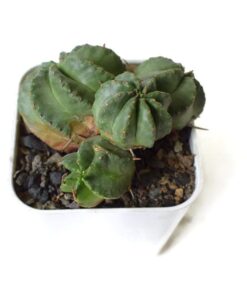

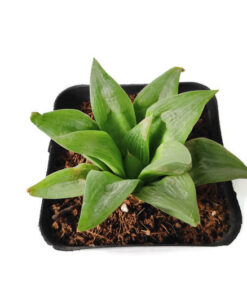

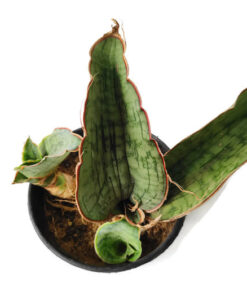

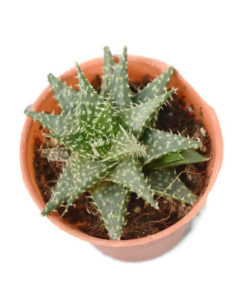

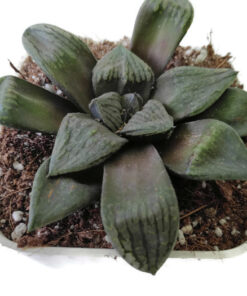
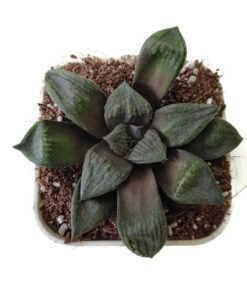
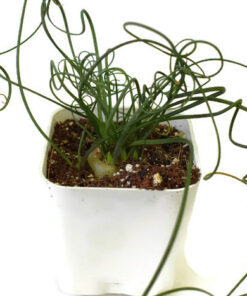

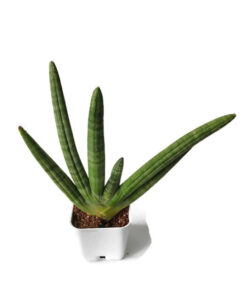

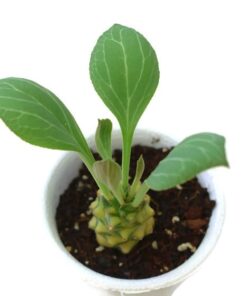
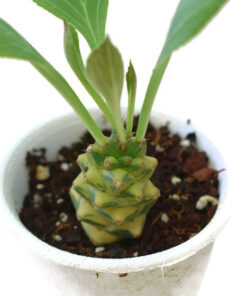
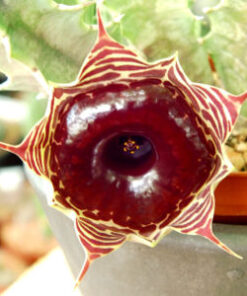

Reviews
There are no reviews yet.